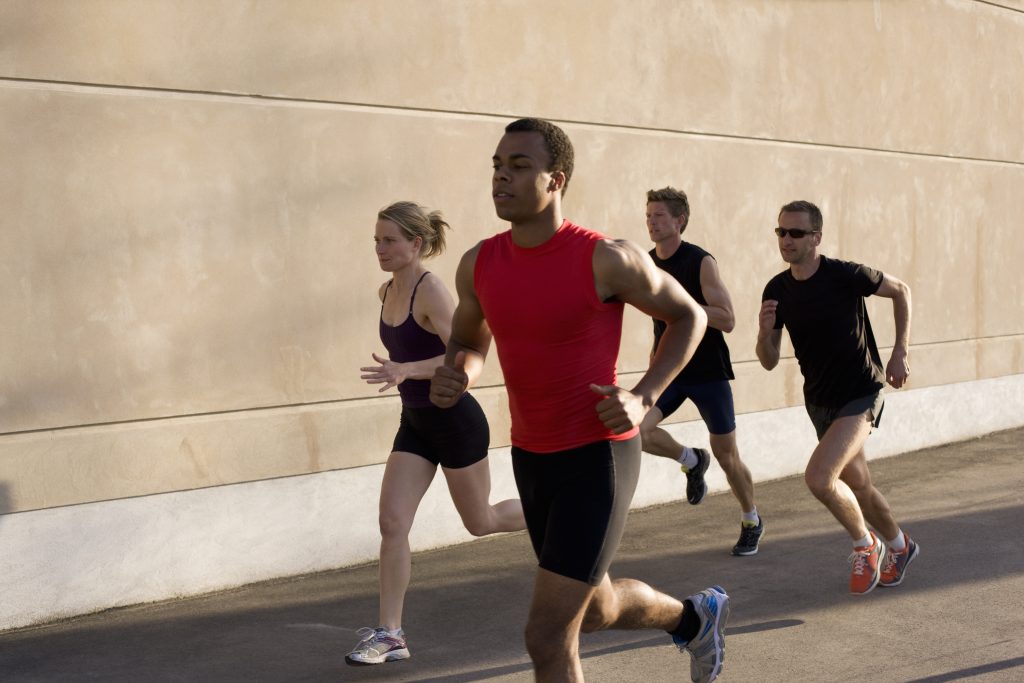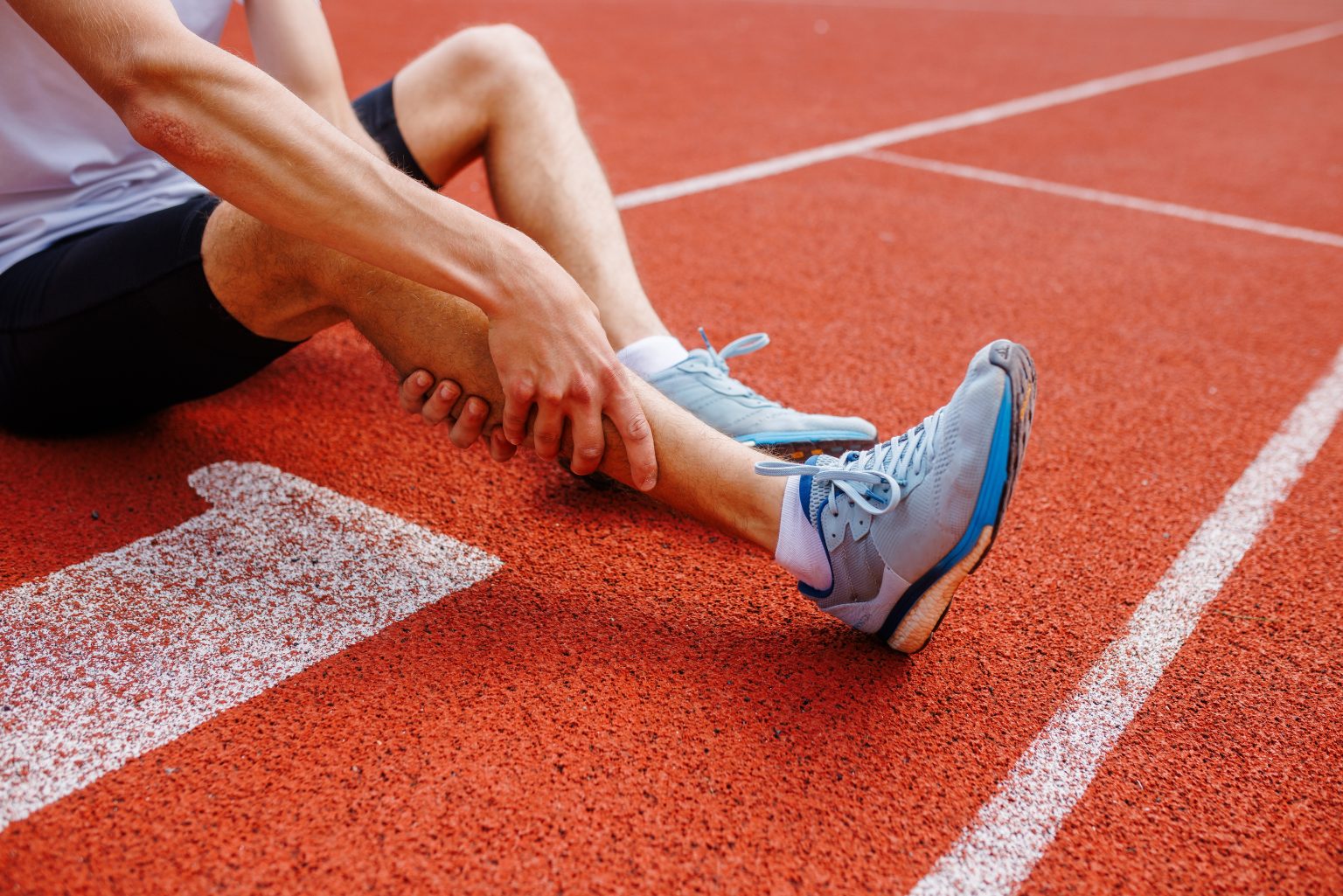Running is a great way to stay fit and healthy. However, like any exercise, it is possible to injure yourself. There are various ways in which we can injure ourselves to differing degrees. This blog will detail the types of injuries you can sustain and what can be done to prevent running injuries.
Types of Running Injuries
There are many different types of running injuries, but some of the most common include:
Achilles tendonitis: This is an inflammation of the Achilles tendon, which is the large tendon that connects the calf muscle to the heel bone. Achilles tendonitis can be caused by overstressing the tendon, wearing shoes that don’t provide enough support, or having tight calf muscles.
Plantar fasciitis: Plantar fasciitis is a common injury among runners. It occurs when the plantar fascia, a band of tissue that runs along the bottom of the foot, becomes inflamed. Symptoms include heel pain, especially when first getting out of bed in the morning.
Plantar fasciitis can be treated with ice, rest, and stretching exercises.
Shin splints: Shin splints are a common running injury, especially among beginners. They occur when the muscles and tendons around the shin become inflamed. Symptoms include pain in the shins, especially during or after running. Shin splints can be treated with ice, rest, and stretching exercises.
Runner’s knee: Runner’s knee is a general term used to describe pain around the kneecap. It is often caused by overuse, weak muscles, or improper running form. Symptoms include pain around the kneecap, especially when bending the knee. Runner’s knee can be treated with ice, rest, and strengthening exercises.
IT band syndrome: IT band syndrome is a common injury among runners. It occurs when the iliotibial band, a band of tissue that runs along the outside of the thigh, becomes inflamed. Symptoms include pain on the outside of the thigh, especially when running downhill or on uneven surfaces. IT band syndrome can be treated with ice, rest, and stretching exercises.
How To Prevent Running Injuries
There are many things you can do to prevent a running injury, including:
Wearing shoes that provide appropriate support.
Wearing the correct shoes can prevent a running injury. When you are running, your shoes should be able to cushion your feet and absorb some of the impact. This can help prevent injuries to your feet, ankles, and knees by reducing the amount of stress on your joints.
Stretching Your Muscles Before and After Running
Another way to prevent a running injury is to stretch properly. Stretching your muscles before and after running can help prevent injuries by keeping your muscles flexible. If your muscles are too tight, they are more likely to become injured when you run by tearing or straining.
Muscle Strengthening Exercises
Most running injuries are due to muscle imbalances and weakness. By strengthening the muscles around the hips, knees, and ankles, you can prevent a running injury. One way to prevent a running injury is by doing regular muscle-strengthening exercises. Exercises that target the muscles around the hips, knees, and ankles are especially important for runners.
There are a few different muscle-strengthening exercises that you can do to prevent a running injury. Please see our blog “How Strength Training Can Help You” to find some great exercises to strengthen your leg muscles and prevent a running injury.
Even Surfaces
When you’re running, it’s important to be on even surfaces as much as possible. Uneven surfaces can cause you to twist your ankle or lose your balance, which can lead to a fall and an injury. If you must run on an uneven surface, be extra careful and go slowly.
Avoid Overtraining
One of the primary causes of running injuries is overtraining. When you train too much, your body doesn’t have enough time to recover and repair itself, which can lead to injury. Progressive overload is an important technique to consider when training. It encourages incremental increases in distance and work rate to increase your running capability whilst reducing the risk of injuring yourself.
Take Breaks to Recover
Your muscles need time to recover after a run, especially if you’ve pushed yourself hard. Active recovery, where you do some light exercise, can help to reduce muscle soreness. It’s also important to rest completely sometimes too. Try to have at least one day a week when you don’t do any exercise at all, and make sure you get plenty of sleep.
Cross Train
If you only run, you’re putting a lot of strain on the same muscles and joints all the time. This can lead to injury. By adding some cross-training to your regime – such as swimming, cycling or strength training – you can reduce the risk of injury. These activities use different muscles to running, so they can help to prevent imbalances and therefore running injuries from developing.
Contact Us
At Falcon Health, we provide chiropractic and physiotherapy treatments for running injuries. Our treatment isn’t just for people that have injured themselves or are suffering from a condition. Our experts can develop a bespoke treatment plan to help you stay injury-free. Contact us today at 01444 247555 or info@falcon-health.com.
Article: Phoenix Marketing






